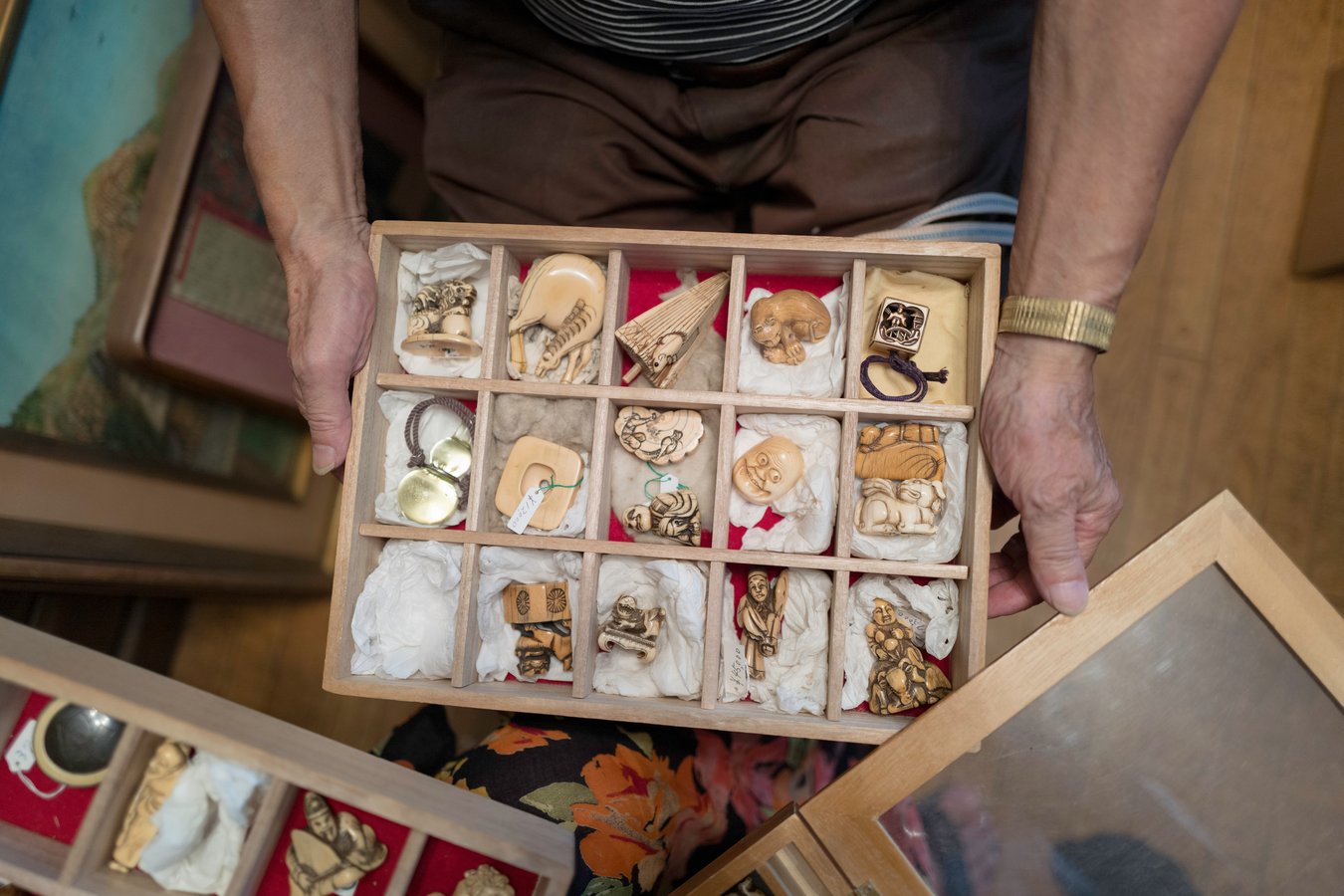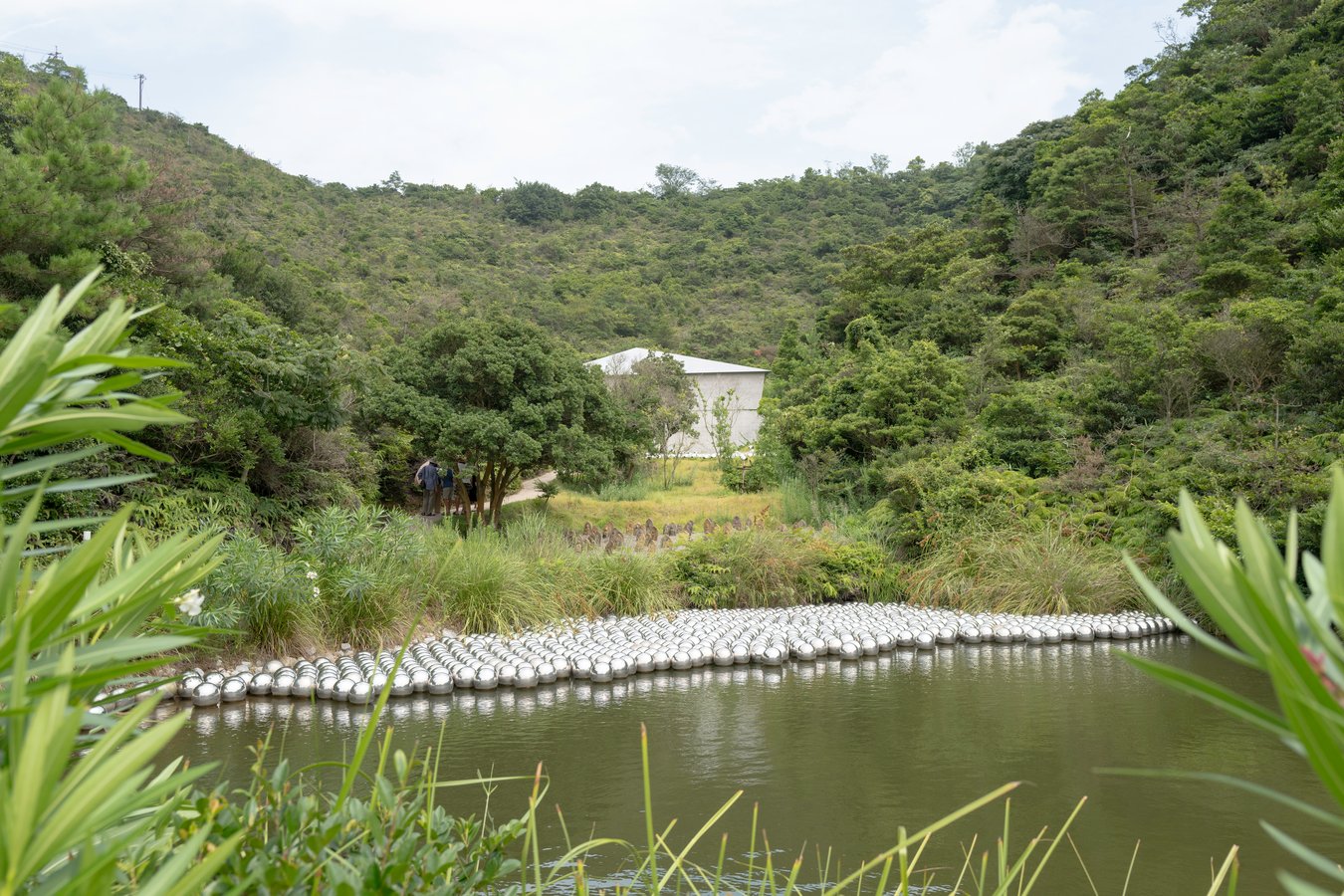The Lee Ufan Museum Experience
The Lee Ufan Museum on Naoshima Island is a collaboration between world-renowned artist Lee Ufan and celebrated architect Tadao Ando. The museum’s semi-underground design creates a seamless blend of art and architecture.
Art and Architecture in Resonance
Housing paintings and sculptures by Lee Ufan from the 1970s to today, the museum is a space where the works interact with Ando’s architectural style. Visitors experience a unique balance of stillness and dynamism that enhances the appreciation of both art and structure.
A Tranquil Setting
Situated in a serene valley surrounded by hills and the ocean, the museum invites visitors to peaceful contemplation. The integration of nature, architecture, and art provides a refuge from the fast-paced modern world.
An Invitation to Reflect
The Lee Ufan Museum stands out as a space for quiet reflection, encouraging visitors to engage with the interplay between material simplicity and the natural environment. It’s a place where minimalism meets thoughtful creativity.


